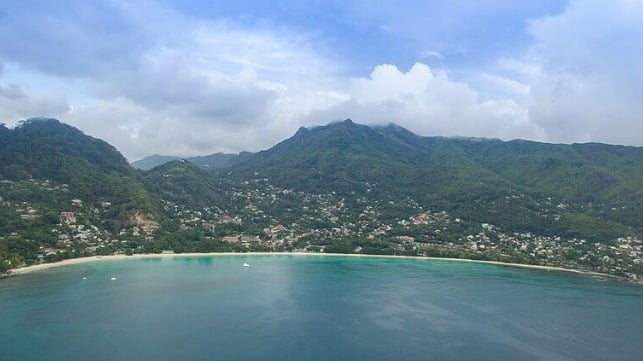Seychelles Set to Award Contract for Port Victoria's Expansion

The island nation of Seychelles is finally set to embark on a project to expand the port of Victoria in order to transform the facility to a modern international multipurpose commercial port that can accommodate new generations of vessels and make the country exploit opportunities in the blue economy.
The Seychelles Ports Authority (SPA) is in the final stages of selecting a contractor to undertake the Port Victoria rehabilitation and extension project. The project is being financed by SPA, the European Investment Bank, France Development Agency and the European Union.
Following a site visit by interested bidders, SPA said that the procurement process for the design and build contract for the project is expected to be concluded in early June and soon after the award of the contract to the winning bidder.
Port Victoria is the only significantly sized seaport serving Seychelles, and it is located in the capital of Mahe, where 90 percent of the population lives and where most of the tourist facilities are located. The port is critical to the economic life of the country, an archipelago of 115 islands in the Indian Ocean off East Africa.
Conceived in 2017, the Port Victoria expansion project consists of two major components - construction of the quay wall and cargo terminal and the dredging of the harbor to accommodate vessels with drafts of up to 14 meters.
The works will include the construction of a new quay offset from the existing quay, extension of the port yard area and dredging to accommodate modern ships. The works will see the current quay extended by 10 meters out to sea towards the man-made Ile de Romainville, while the channel and turning basin will be dredged to 16 meters and 15.5 meters respectively. Part of the project will involve the demolition of the Victoria Lighthouse, which was declared a national monument in 2011.
By increasing the port’s capacity and efficiency, the expansion is expected to have a substantial impact on its competitiveness. Authorities believe the deep water port will not only accommodate bigger ships but will also cut shipping costs and reduce the number of transit ports for inbound and outbound cargo.
Port Victoria was built in 1970 to handle light commerce, but its operations have since grown significantly. Expansion of the port is expected to spur growth in the tourism and fisheries sectors, which employ at least 26 percent and 17 percent of the population (respectively). The sectors are also significant contributors to gross domestic product: tourism contributes directly and indirectly about 55 percent, and fisheries constitute about 20 percent. In addition, fisheries are responsible for about 93 percent of the nation’s exports.
Port Victoria also hopes that the increased efficiency of its new infrastructure will bolster its competitive edge, helping it to fend off the regional ports jostling for a larger share of the tuna industry.
Correction: A previous version of this article incorrectly stated the value of the port contract. This value has been removed.
